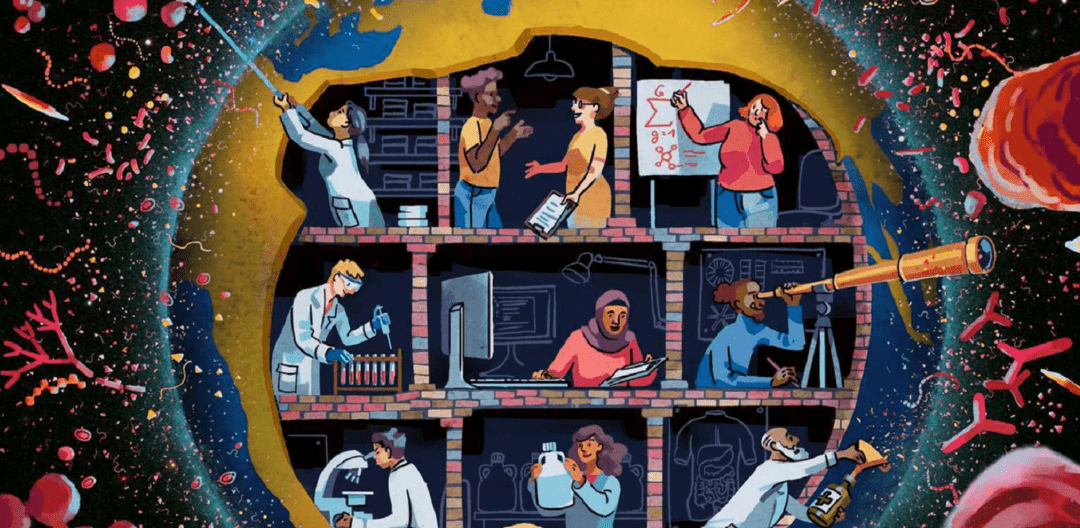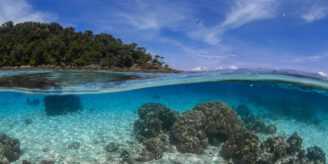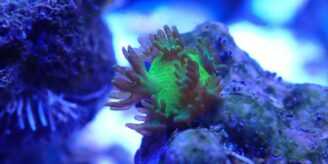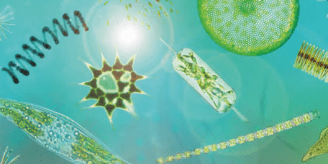From tooth fish to food webs, from molecular genetic tools to underwater acoustics: dive into our current research
Topics
From the Very Small to the Big Picture: A New Era in Microbiology
Microbes were the only life form on Earth for most of the history of our planet. Even today, they still make up the majority of species that are vital to the health of our planet. They produce much of our oxygen, help plants grow, maintain biogeochemical cycles and thus sustain our ecosystems.
Did you know?
Unicellular plankton covers a size range that is comparable to the size difference between a small fish and a city like Oldenburg.

The Wadden Sea and Its Stakeholders
The Wadden Sea creates the largest unbroken tidal flat system in the world. This allows marine organisms of all shapes and sizes to flourish and draws in other migratory species like birds and seals from great distances. However, climate change and other anthropogenic forces have disrupted the balance of the Wadden Sea.
Grant for New Project on Ocean Infrastructure
Oceans are vital for the transport of goods and data – but they are not in good shape. How can we reconcile the benefits for people and the protection of the oceans? How can the sea be sustainably used and protected?
A Shot to Beat the Heat?
Could a probiotic ‘vaccination’ protect tropical corals from environmental stress? Researchers have been observing large-scale coral bleaching since the 1980s, caused in particular by climate change and the resulting continuous rise in water temperatures in our oceans.
Southern Summer in a Retort
First successful sexual reproduction of South Sea corals in Germany – At the lab aquarium facility of the ICBM research group Environmental Biochemistry, headed by Prof. Dr. Peter Schupp, Dr. Samuel Nietzer and Matthew Jackson recently were the first in raising sexually reproduced offspring of stony corals in Germany. This marks a crucial step in their efforts for research on the conservation of reef corals.
Importance of Shape and Form
It depends to a major degree on size and shape whether an organism manages to prevail in a given environment. A novel study took advantage from the exceptional diversity of shapes in phytoplankton to elucidate the relationship between evolutionary conditions, morphology, and taxonomic diversity.
Healthy Oceans Need Healthy Soundscapes
A global team of researchers has documented the pervasive impacts of noise on marine animals and ecosystems and identified actions to return to the soundtrack of the healthy ocean. Rain falls lightly on the ocean’s surface. Marine mammals chirp and squeal as they swim along. But the soundtrack of the healthy ocean no longer reflects the acoustic environment of today’s ocean, plagued with human-created noise.






